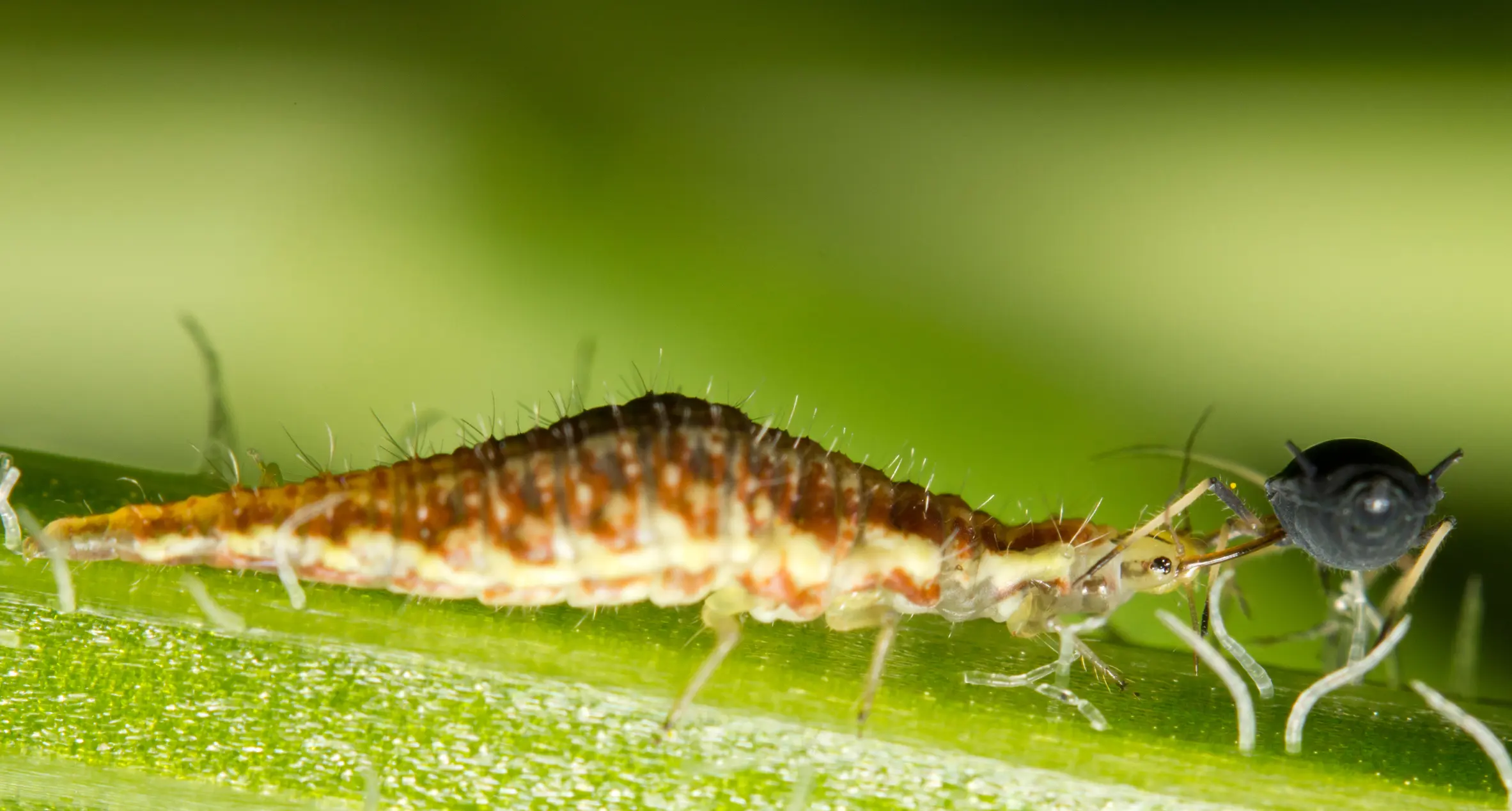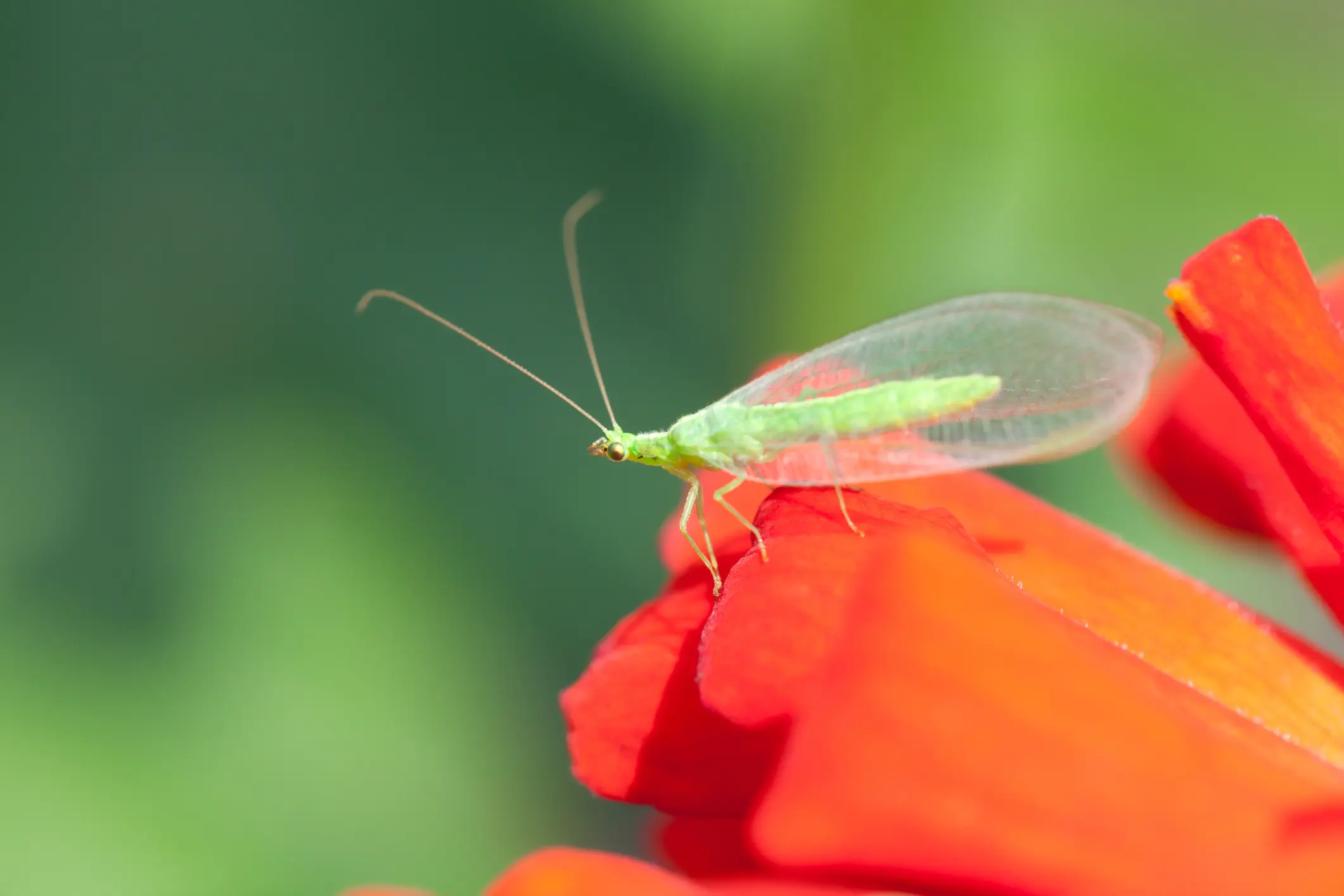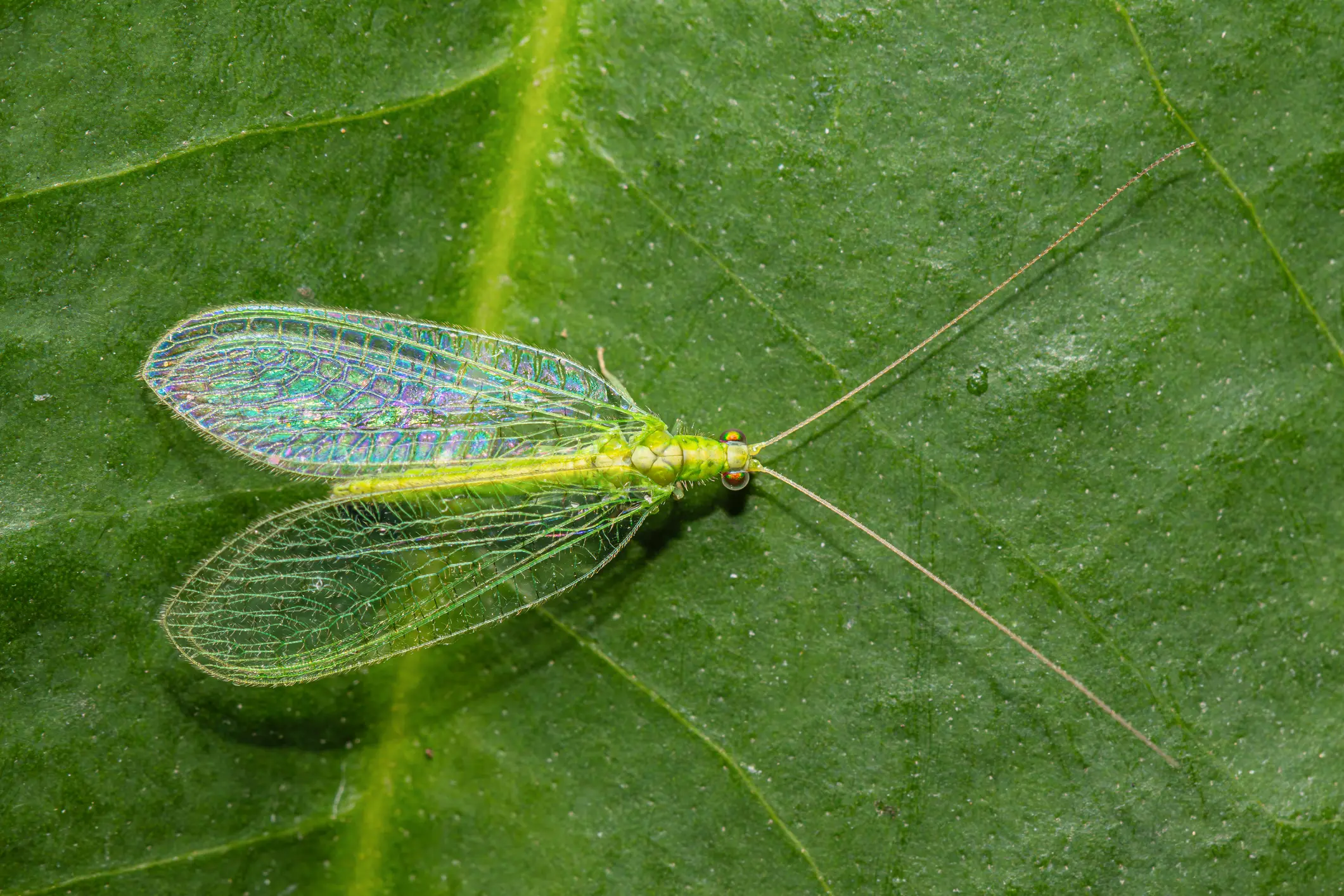Why Green Lacewings Are Essential for Eco-Friendly Pest Control on Your Farm
Are lacewings beneficial? The answer is a resounding yes! We’re always looking for alternatives to pesticides, and beneficial insects are a great option to manage insects that want to feast on your hard work. Green lacewings are essential players in integrated pest management (IPM) systems, offering effective pest control without harming other beneficial insects or the environment. These insects are not just beautiful with their delicate, lacy wings; they are also formidable predators. During their larval stage, they are voracious feeders, preying on a vast array of garden pests.
What Do Green Lacewings Eat? A Closer Look at Their Diet
A common question is, what do green lacewings eat? The answer highlights their role as nature's pest controllers. In their larval stage, green lacewings consume hundreds of aphids, caterpillars, mites, thrips, and insect eggs daily. This diet makes them an essential part of managing garden pests naturally and effectively.

The Benefits of Green Lacewings in Sustainable Agriculture
Promoting Pest Control Without Pesticides
By integrating green lacewings into your farming practices, you can significantly reduce your dependency on chemical pesticides. This not only minimizes environmental impact but also preserves the health of beneficial insects like bees and ladybugs, as well as the overall quality of your soil and water.
Effective Pest Management
Green lacewings offer precise and effective pest control by targeting only the harmful pests, ensuring a balanced and sustainable ecosystem on your farm.

Attracting Green Lacewings: Tips for Creating a Lacewing-Friendly Farm
To attract these beneficial predators to your farm, consider the following:
- Diverse Plantings: Create an inviting habitat with a wide variety of flowering plants and herbs, such as dill, fennel, cosmos, yarrow, and marigolds. These plants provide the nectar and pollen that adult lacewings feed on, encouraging their presence on your farm.
- Shelter and Protection: Maintain areas with dense vegetation, mulch, or small shrubs to offer lacewings suitable locations for laying their eggs and protecting them from extreme weather conditions.

Implementing Integrated Pest Management (IPM) Strategies
Monitor Pest Populations
Keep an eye on your crops for early signs of pest infestation. Timely intervention can prevent pests from becoming a larger problem and encourages the growth of natural predator populations, such as green lacewings.
Supplement Green Lacewing Releases
If your farm's ecosystem doesn't naturally support these beneficial insects, you might consider options to buy green lacewing eggs to introduce them to your land. Combine lacewing releases with other beneficial insects and cultural practices like crop rotation, companion planting, and habitat conservation to enhance the effectiveness of your pest control efforts.

Green lacewings are one of nature's most effective pest control agents, playing a vital role in sustainable farming practices. Their contribution to integrated pest management promotes a healthier ecosystem and enables farmers to reduce reliance on chemical pesticides.
Incorporating green lacewings into your pest management strategy is a step towards more sustainable and environmentally friendly farming practices. By welcoming these natural pest predators, farmers can enjoy thriving ecosystems and bountiful harvests while minimizing the ecological impact of traditional pest control methods. Embrace the power of green lacewings and see the difference they can make on your farm.